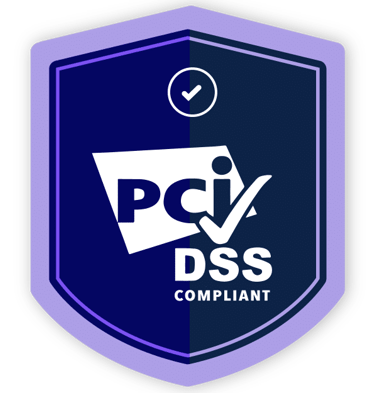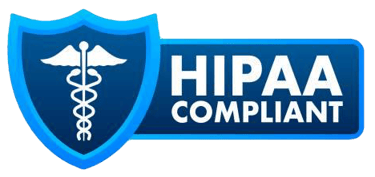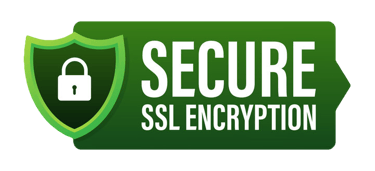Understanding Infection Control Protocols in Home Health
What Every Home Health Agency Needs to Know to Stay Compliant and Keep Patients Safe


In the rapidly evolving world of home health care, one of the most essential pillars of patient safety and regulatory compliance is a solid infection control program. Unlike hospitals and clinics, Home Health Agencies (HHAs) operate in non-clinical environments—patients’ homes—where infection control protocols can be harder to standardize and enforce.
The Centers for Medicare & Medicaid Services (CMS), Centers for Disease Control and Prevention (CDC), and state health departments place strict infection control expectations on HHAs. Understanding and implementing these protocols isn’t just good practice—it’s required by law.
This article will break down key infection control requirements, staff responsibilities, compliance best practices, and how HHAs can avoid common violations.
Why Infection Control Matters in Home Health
Infection prevention in the home health setting is unique. Care is delivered in uncontrolled environments where risk factors can include:
• Unsanitary living conditions
• Multiple caregivers
• Patient comorbidities and immunocompromised status
• Frequent transitions between care settings
For these reasons, HHAs must maintain rigorous infection control programs to reduce hospitalizations, cross-contamination, and caregiver exposure—especially in the context of emerging infectious diseases like COVID-19 and antibiotic-resistant bacteria.
CMS Requirements for Infection Control (42 CFR § 484.70)
Under the Medicare Conditions of Participation (CoPs) for home health agencies, each agency must develop and maintain an infection prevention and control program that is:
• Data-driven and based on accepted standards of practice
• Integrated into the agency’s Quality Assessment and Performance Improvement (QAPI) program
• Designed to prevent, control, and investigate infections and communicable diseases
• Reviewed regularly and revised based on performance indicators and outcomes
Key Components of a Compliant Infection Control Program
To ensure compliance and patient safety, every HHA should have the following core elements in place:
1. Written Infection Control Policies
• Aligned with CDC and CMS guidance
• Covers hand hygiene, personal protective equipment (PPE), sterilization and disinfection, waste disposal, sharps management, and employee health protocols
• Tailored for home-based care environments
2. Employee Training and Competency
• Initial and ongoing training on standard and transmission-based precautions
• Documentation of staff competencies in infection control practices
• Specialized training for wound care, IV therapy, catheter care, and isolation precautions
3. Use of Personal Protective Equipment (PPE)
• Clear protocols for when and how to use gloves, gowns, masks, and eye protection
• Proper donning and doffing techniques
• Maintaining and monitoring PPE inventory
4. Surveillance and Reporting
• System for tracking infections, identifying patterns, and investigating outbreaks
• Incident reporting process for staff and patient infections
• Coordination with local public health authorities when needed
5. Environmental Controls
• Disinfection of reusable equipment
• Safe management of biohazardous waste and soiled linens
• Safe use and storage of clean and sterile supplies
Infection Control and COVID-19: Lessons Learned
The COVID-19 pandemic highlighted just how vulnerable homebound patients and caregivers can be. CMS released multiple temporary waivers and updated guidelines to help HHAs maintain infection control while still delivering care.
Agencies are now expected to have:
• COVID-19 infection control protocols and staff vaccination policies
• Procedures for screening patients and staff
• Emergency preparedness plans that address pandemics and infectious outbreaks
• Telehealth integration where appropriate to reduce physical contact
Common Infection Control Deficiencies Cited in Surveys
CMS and state surveyors frequently cite HHAs for deficiencies such as:
• Inadequate or outdated infection control policies
• Lack of staff training or competency records
• Failure to use PPE appropriately
• Missing documentation of infection investigations
• Noncompliance with cleaning and disinfection procedures
Any of these violations can lead to Condition-level deficiencies, civil monetary penalties, or even termination of Medicare certification.
Best Practices for Strong Infection Control in Home Health
To stay ahead of risk and regulatory scrutiny, your agency should:
Conduct annual infection control risk assessments
Appoint a qualified Infection Preventionist or infection control coordinator
Keep policies current with CDC/CMS guidance
Regularly audit infection control practices in the field
Include infection control in performance improvement initiatives
Ensure staff are trained on emerging threats like MRSA, C. difficile, and respiratory viruses
Final Thoughts
Effective infection control is not optional—it’s a compliance requirement, a clinical obligation, and a reputation safeguard. As the landscape of home health continues to evolve, agencies must be proactive in updating their infection control programs, educating their staff, and ensuring the safest possible care for vulnerable patients.
By prioritizing infection prevention today, home health agencies protect their patients, staff, and their future as providers under Medicare and Medicaid







